10 Tips To Stop Your Dog From Pulling On The Leash
Introduction
Walking your dog should be an enjoyable experience, but leash-pulling can turn it into a frustrating ordeal. Many dogs instinctively pull due to excitement or lack of training, making walks stressful for both of you. The good news? With the right techniques, you can teach your dog to walk calmly by your side.
Leash-pulling not only disrupts walks but can also pose safety risks for you and your dog. Whether you’re dealing with a strong puller or just want to improve leash manners, these seven practical tips will help you regain control and create a more enjoyable walking routine.
Use a Proper Harness
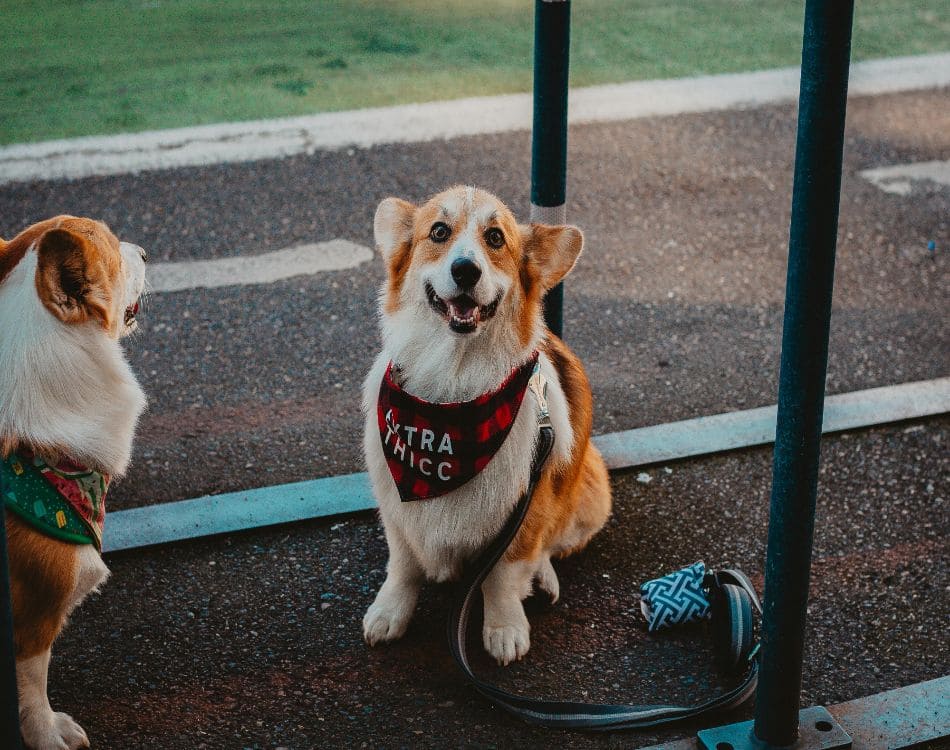
Switch to a no-pull harness designed to discourage pulling while keeping your dog comfortable. Unlike collars, these harnesses distribute pressure evenly and provide better control without causing discomfort. Pairing a no-pull harness with consistent training can significantly reduce your dog’s tendency to tug on the leash.
Start with Basic Training
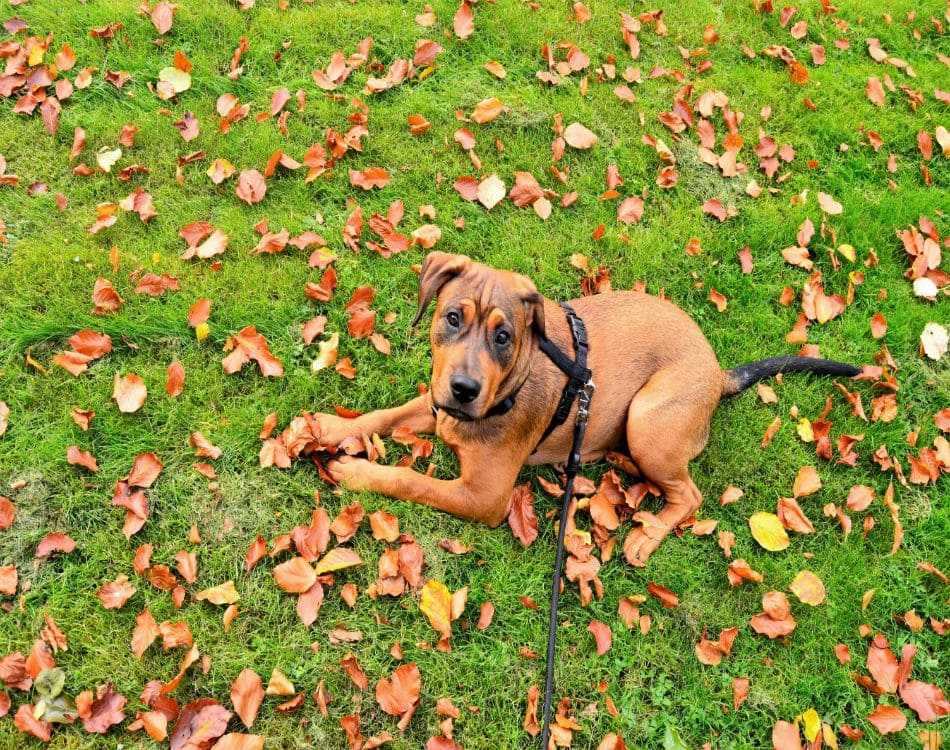
Teach your dog the “heel” command to encourage walking beside you. Practice in a quiet area, rewarding your dog with treats or praise when they stay by your side. Consistency is key—regular short training sessions will help your dog associate good behavior with positive reinforcement.
Stop and Stand Still
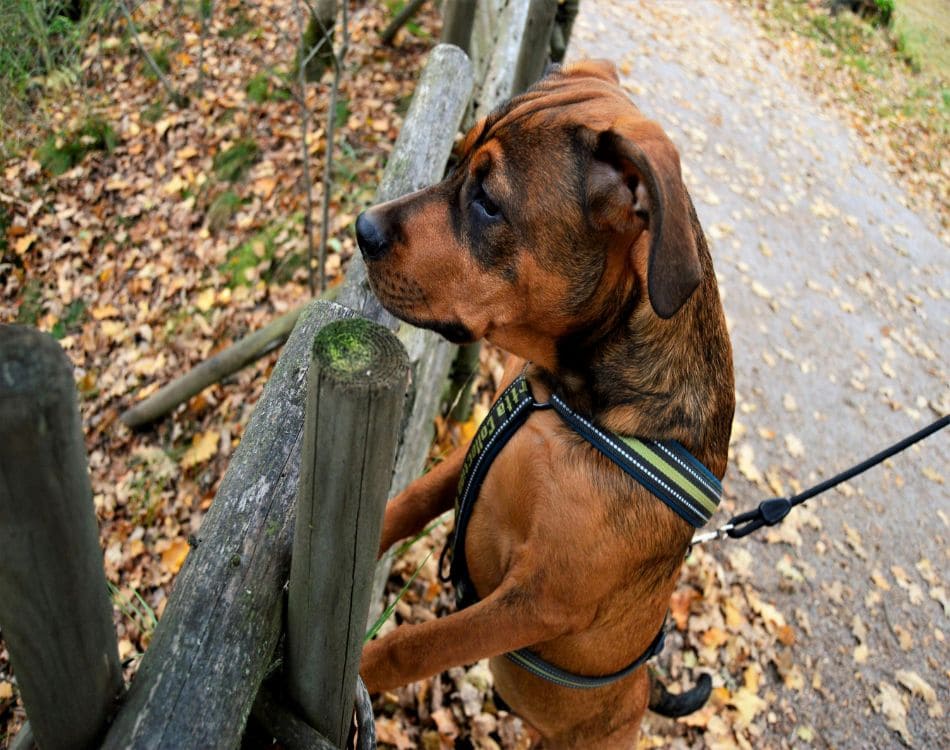
Each time your dog pulls, stop walking and stand still. This method teaches them that pulling halts progress. Wait until the leash slackens before continuing. Over time, your dog will learn that walking calmly is the only way to keep moving forward.
Reward Good Behavior
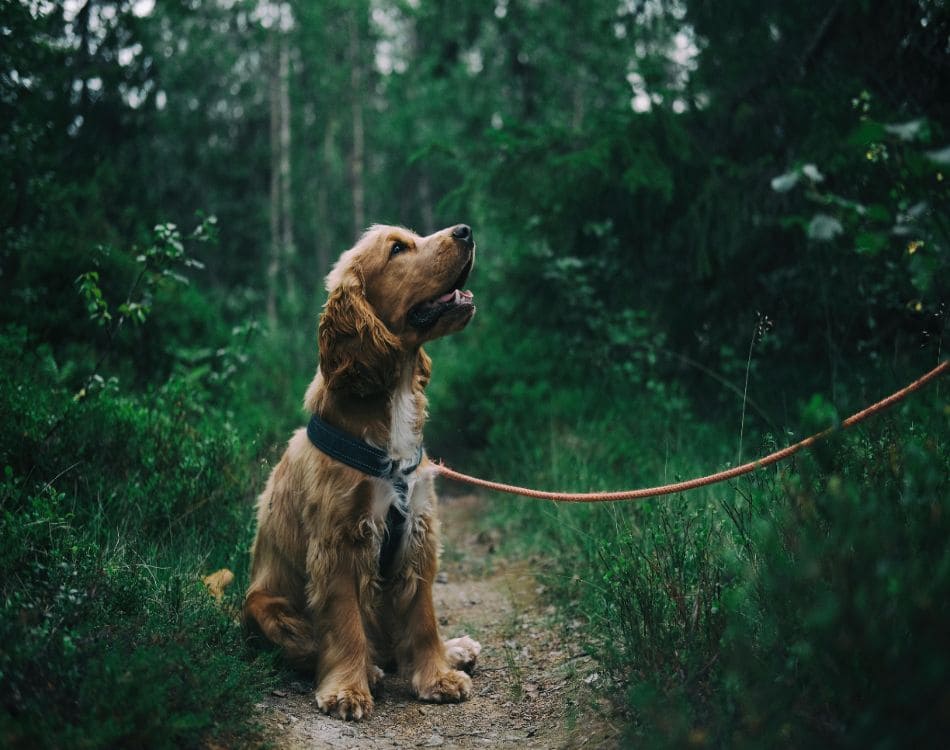
Reinforce calm walking by rewarding your dog with treats or praise when they walk without pulling. Positive reinforcement strengthens the connection between good behavior and rewards, encouraging your dog to repeat it on future walks.
Tire Them Out Before Walks
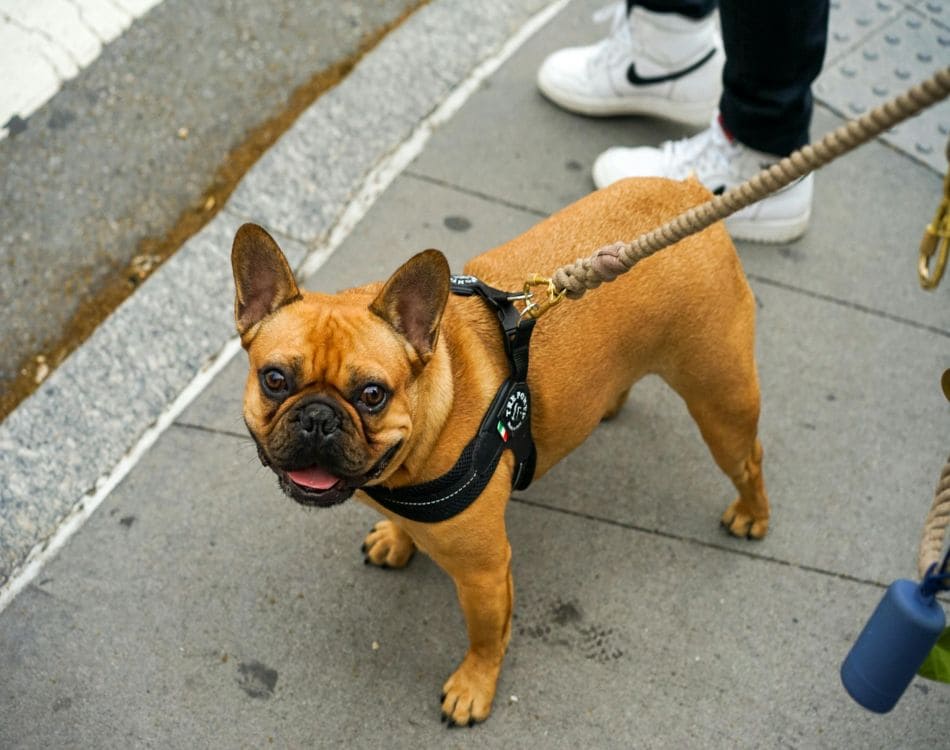
A tired dog is less likely to pull. Play fetch, run around the yard, or engage your dog in a quick game before heading out. This helps burn off excess energy, making them more likely to focus on walking calmly beside you.
Avoid Overexciting Scenarios
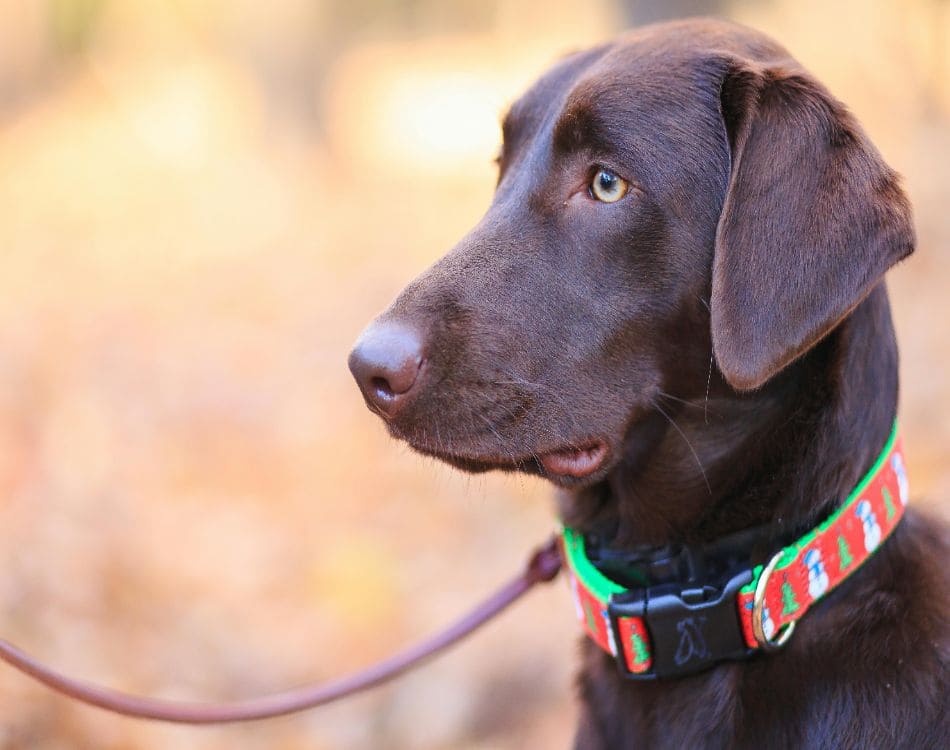
If your dog gets overly excited by distractions like other dogs or squirrels, gradually expose them to these triggers during walks. Use treats to redirect their attention back to you, helping them stay focused and reducing their urge to pull.
Stay Calm and Consistent

Dogs can sense frustration, so staying calm is essential. Stick to a consistent walking routine and use the same commands during each outing. With patience and persistence, your dog will develop better leash manners over time.
Use the Right Leash
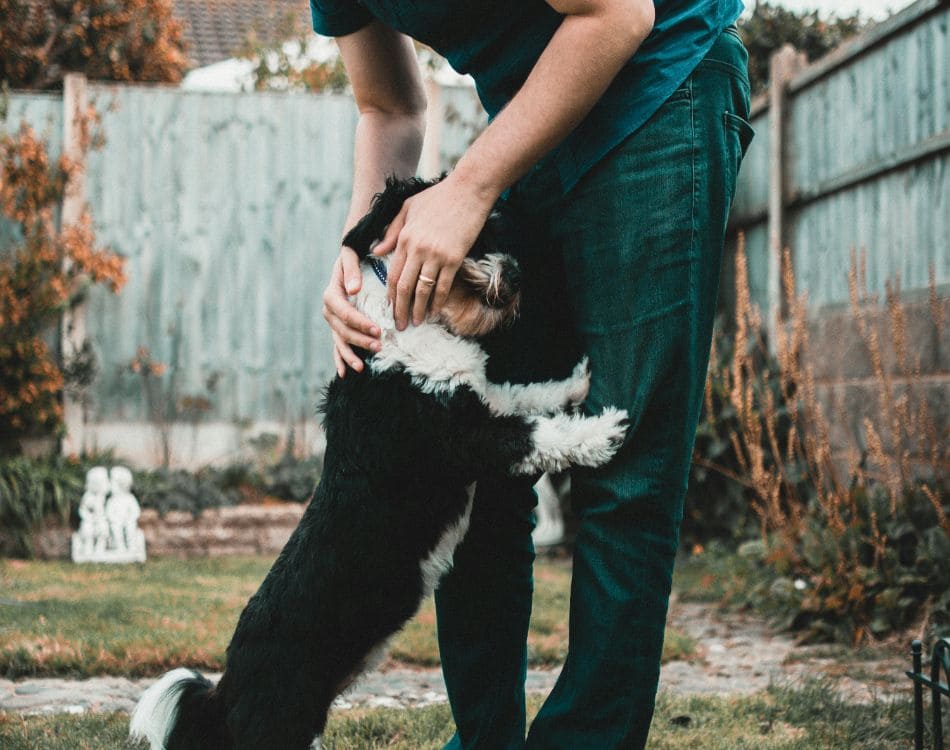
Choose a leash that provides adequate control and comfort for you and your dog. A standard 4-6 foot leash offers better control than retractable ones, which can encourage pulling. A sturdy, easy-to-grip handle ensures safe and consistent guidance.
Practice Leash Exercises Indoors
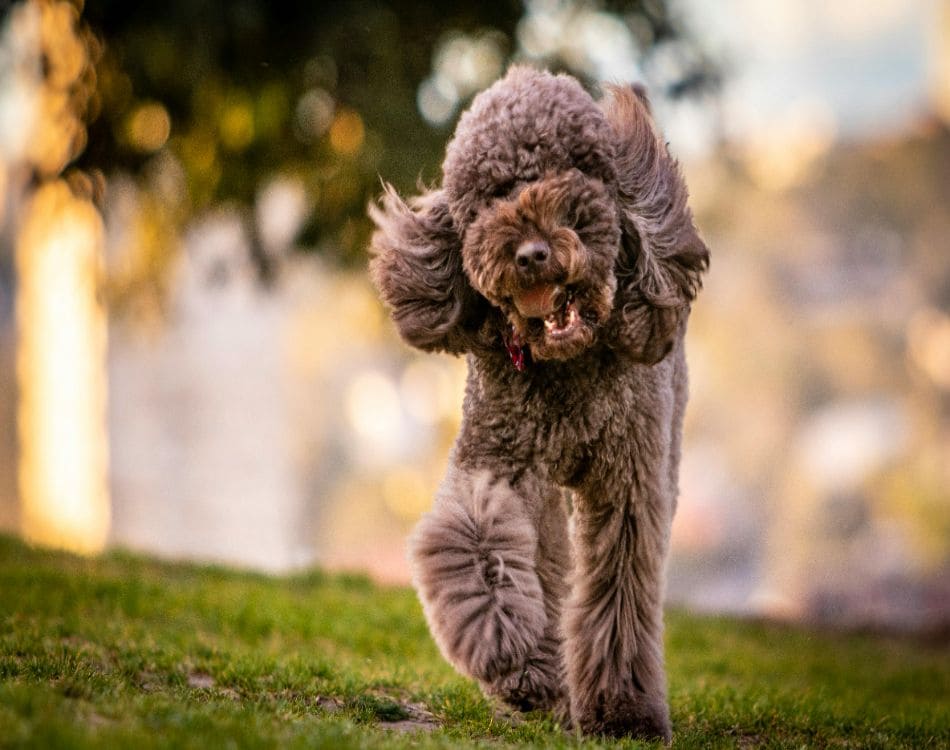
Before heading outside, practice leash training in a controlled environment like your home or yard. Walk short distances, rewarding your dog for staying by your side. This creates a solid foundation and prepares them for outdoor distractions.
Change Direction Frequently
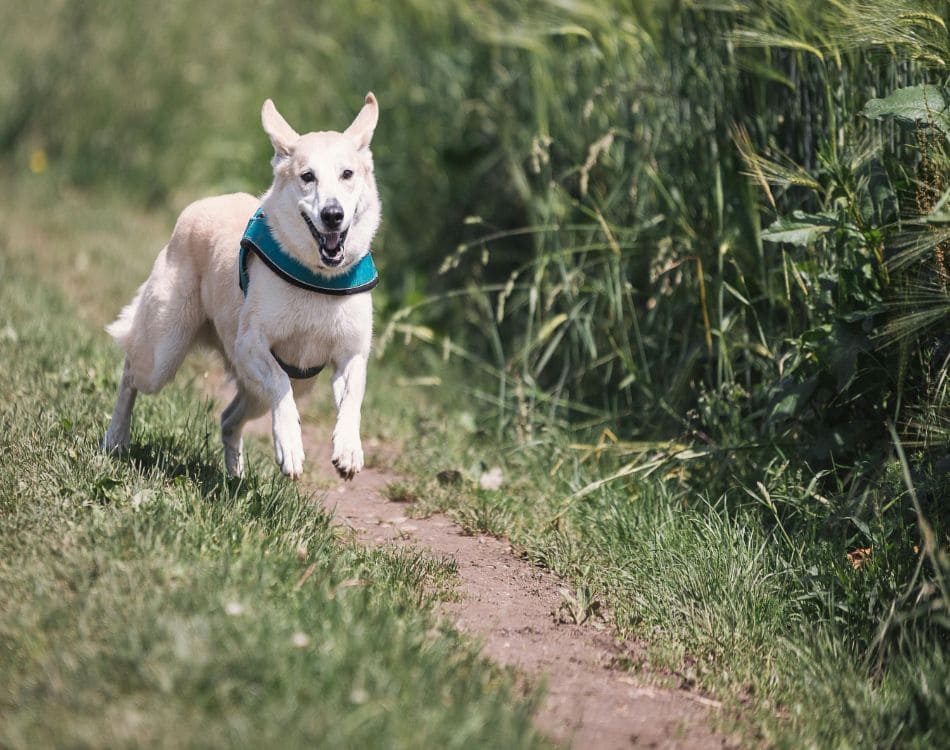
If your dog starts pulling, turn around and walk in the opposite direction. This technique keeps them attentive to your movements and reinforces that pulling doesn’t lead to progress. Over time, your dog will focus more on staying close to you.
Conclusion

Leash training requires patience, consistency, and the right tools, but the results are worth it. By following these tips, you can transform your walks into a stress-free bonding experience. Remember, every step forward is progress—stay positive and celebrate small wins with your furry friend!







